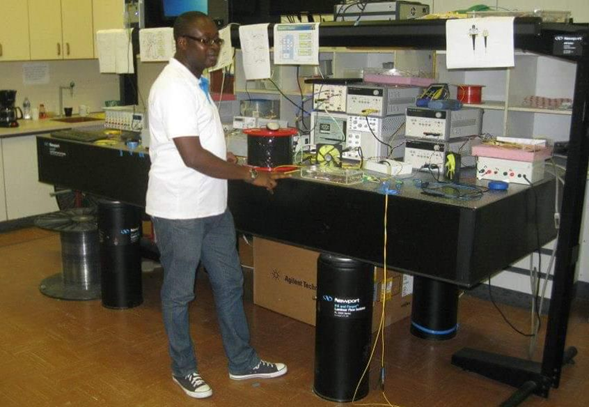In today’s digital age, reliable internet connectivity is the backbone of economic development, social interaction, and national progress. In Ghana, however, the persistent issue of fiber optic cable cuts—whether accidental or intentional—threatens this digital lifeline, resulting in service disruptions, financial losses, and setbacks in digital transformation.
Optical fiber, often described as a wire made of glass or plastic about the width of a human hair, is used to transmit data at high speeds over long distances. For it to function properly, the fiber must be continuous and free of breaks. Unfortunately, many of these vital cables are frequently damaged, especially during construction activities such as roadworks, digging for utility lines, or farming near fiber routes.
While technical and regulatory solutions are undoubtedly necessary, a critical and often overlooked part of the solution lies in education and awareness.
Educating the Frontline: Construction and Utility Workers
A significant number of fiber cuts occur because workers are simply unaware of the presence and importance of underground fiber optic cables. Educating construction companies, road workers, and farmers on how to identify fiber cables and avoid damaging them is essential. Introducing certification programs that teach best practices for working near fiber infrastructure can help reduce these incidents.
Moreover, incorporating fiber safety modules into vocational training for construction and utility workers will ensure a broader understanding of telecom infrastructure. This targeted training should emphasize how even a single cut can disrupt services for thousands, causing ripple effects across businesses, government agencies, and households.
Engaging Communities Along Fiber Routes
Communities located near fiber routes also play a crucial role. Often, local residents are unaware of the economic and social consequences that a single fiber cut can have. Public education campaigns using social media platforms like Facebook and Twitter, as well as local radio stations and community forums, can raise awareness and promote vigilance. Television and radio advertisements can be particularly effective in explaining how connectivity disruptions affect healthcare, education, commerce, and everyday communication.
To strengthen this community partnership, incentive programs can be established to reward individuals or groups who report potential threats to fiber infrastructure—such as unauthorized excavation or suspicious activity near fiber lines.
Building Awareness Among Future Professionals
Long-term change requires integrating fiber infrastructure education into formal academic and technical training. Engineering students, planners, and technicians must learn proper cable laying techniques, protection methods, and how to design systems that minimize vulnerability.
Joint workshops involving telecom companies, municipal authorities, and contractors can also help bridge the knowledge gap. Municipal workers and private contractors, in particular, must be made aware of mapped fiber routes before undertaking projects that involve excavation.
Enforcing Regulations and Publicizing Penalties
In addition to education, enforcement of existing regulations is vital. Many people are unaware that damaging fiber cables can lead to fines or legal consequences. Publicizing these penalties serves as a deterrent to both vandalism and negligence.
A Sustainable Path Forward
While physical protection like fiber ducting and stronger regulations are necessary, education remains the most sustainable and scalable solution to the fiber cut problem. By empowering communities, workers, and future professionals with the knowledge and tools to protect Ghana’s fiber infrastructure, we can build a more resilient and digitally connected nation.
Preserving the integrity of fiber optic networks is not just a technical challenge, it’s a shared responsibility. With increased awareness, proactive education, and community involvement, Ghana can better safeguard its digital future and ensure reliable connectivity for all.
By Dr. Samuel Kofi Fosuhene – (Ghana Space Science and Technology Institute)


Comments are closed.